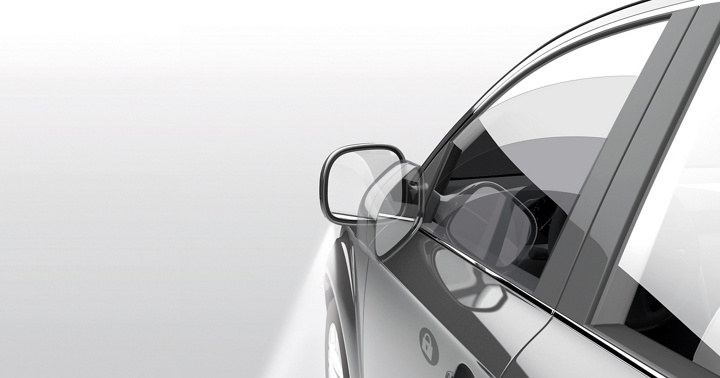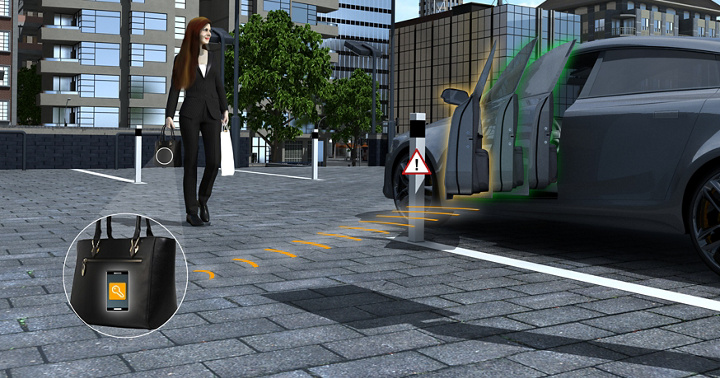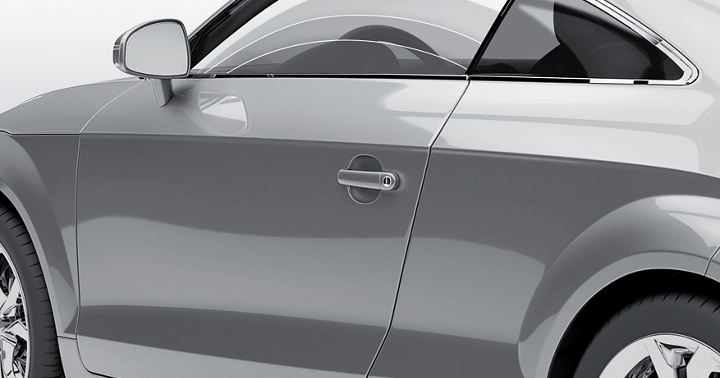Anti-pinch is needed for safe and reliable closing under all conditions (e.g., pre crash, bumpy road, high speed). When closing the window or the sunroof, the anti-pinch mechanism detects and ensures that an object is safely and immediately released when it gets trapped.
Anti-Pinch Motor Control: Function as a Product
Safety is key
Features
- Tooling (python based)
- Collect calibration parameter definitions from other CF/UPF or application
- Generation of the SW interface
- Generation of calibration binary blocks
- GUI for parameterization
- Software component for memory management of calibration parameters
- Collects calibration values from one or more locations
- Initializes all parameters from all SW components
- Data integrity check
Function Scope
Anti-pinch algorithms are crucial for enhancing safety in various applications, such as power windows in cars, automatic doors and all other closing systems. They play a vital role in preventing accidents and injuries by ensuring that moving parts stop or reverse when they encounter unexpected obstacles, protecting both people and vehicle.
- Indirect (using motor current, voltage and speed) pinch detection algorithm for various applications e.g.:
- window lifter, sunroofs, roller blinds, seats, power lift gates, power doors, automatic running boards
- Load (force and torque) evaluation e.g.:
- pull detection
- force limitation for mechanic protection
- backlash detection
- rough road detection
- reference point evaluation based on force characteristic (force block, smart re-norming)
- Combination of indirect and direct (pinch strips, camera based) pinch detection algorithms
- Evaluation of new pinch detection algorithms
Interfaces
Related to
Do you want to know more?
*If the contact form does not load, please check the advanced cookie settings and activate the functional cookies for the purpose of contact management.





